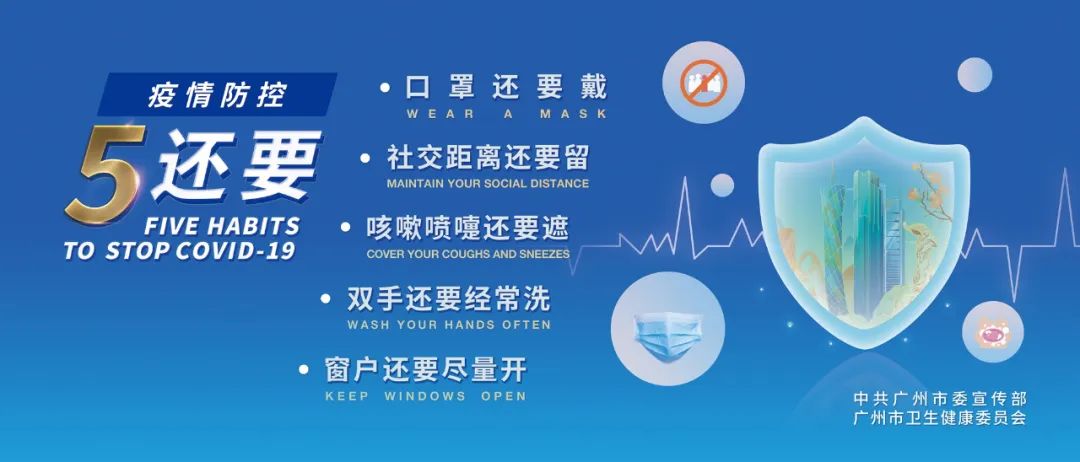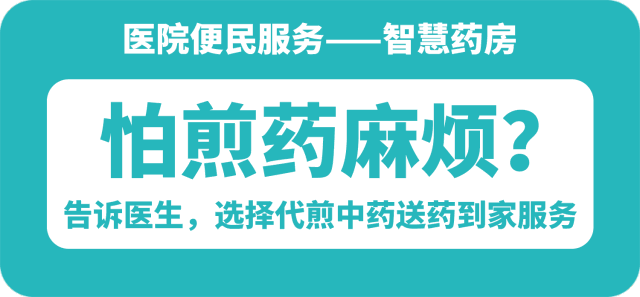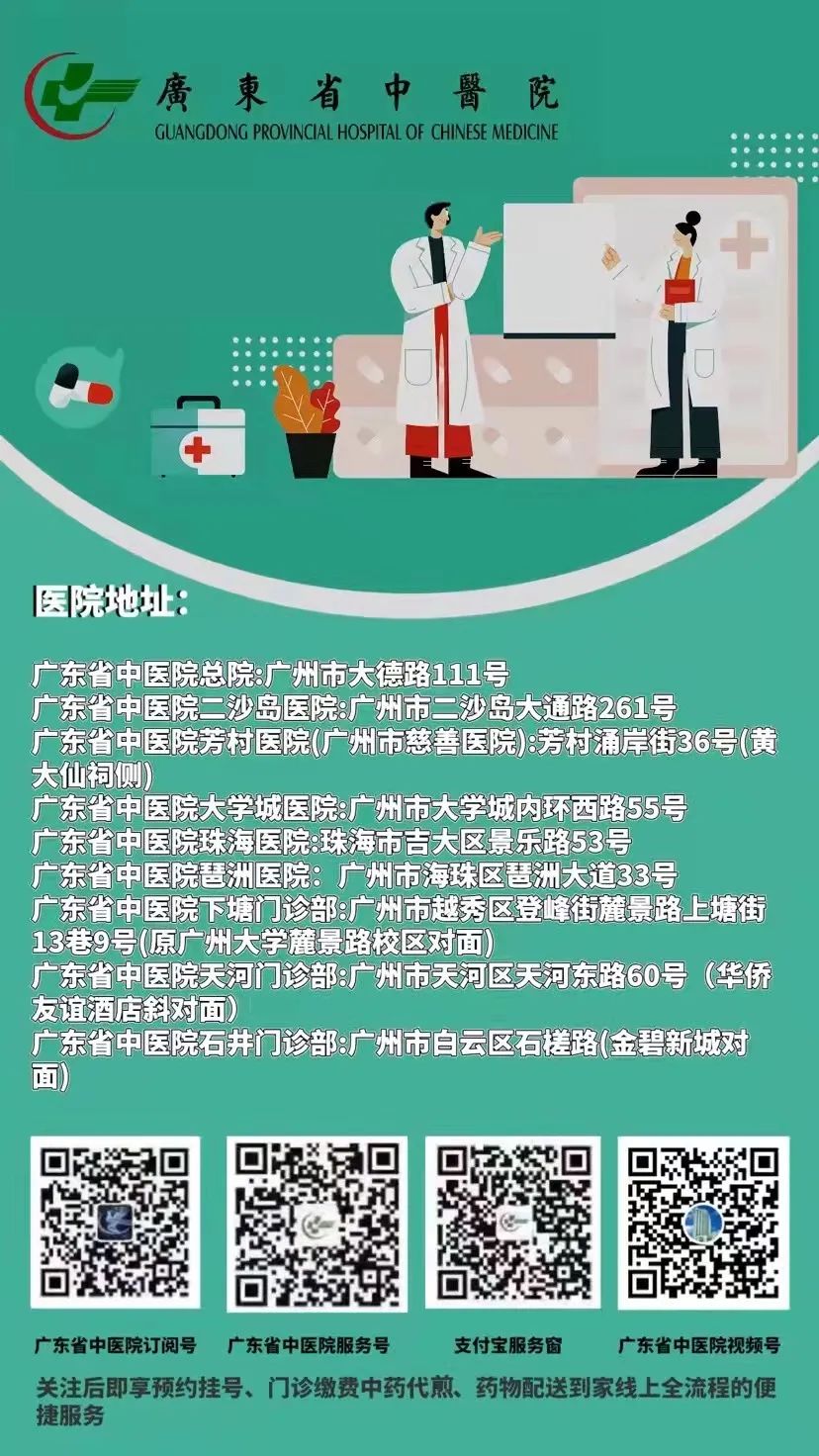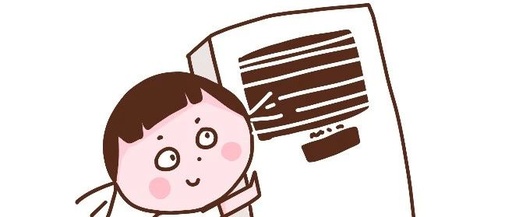
Introduction:
The lungs govern the qi of the entire body, harboring its essence internally and harmonizing with the external qi, which together form respiration. The lungs are considered a “delicate organ” that prefers moisture and dislikes dryness, making them susceptible to external pathogens; both cold and heat are detrimental. Therefore, lung-related diseases are quite common and a source of concern for the public. The “Lung Health Insights” column will regularly provide knowledge on the prevention, treatment, care, and rehabilitation of lung diseases, ensuring your “easy breathing every day”. We welcome your continued attention!
Lung Health Insights Lecture 103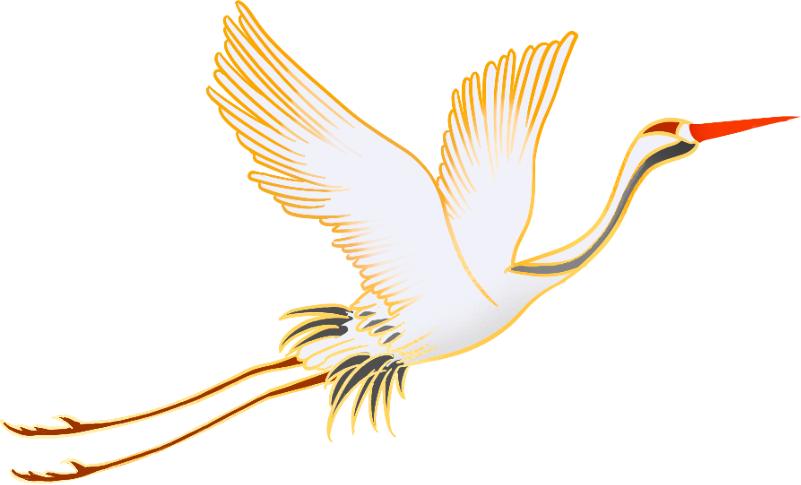
Recently, temperatures in Guangdong have been rising steadily, with outdoor temperatures reaching as high as 39°C for several consecutive days, entering a “barbecue” mode. In the face of such scorching sun, everyone has been hiding indoors, enjoying air conditioning, cold drinks, and chilled watermelon, feeling quite comfortable.

Student Xiao Huang is also part of this summer heat-avoiding crowd. After finishing her week of internship on Friday, she returned home to enjoy a weekend of uninterrupted air conditioning, cold drinks, and chilled fruits. Unexpectedly, on Sunday night, she began to experience symptoms such as fever, mild chills, nasal congestion, runny nose, cough, diarrhea, and loss of appetite. She rushed to the nearby hospital’s fever clinic, where the doctor inquired in detail about her symptoms, ruled out a novel coronavirus infection, and diagnosed her with “heat cold”, which has also been referred to as “air conditioning disease” in recent years.

1.What is “air conditioning disease”?
What we commonly refer to as “air conditioning disease” is actually a type of “heat cold”. In Traditional Chinese Medicine (TCM), this is known as “wind-heat cold”. The wind-heat cold that occurs in summer has its seasonal characteristics. The etiology is due to the hot weather in summer, where sweating and then directly exposing oneself to air-conditioned rooms, blowing directly at fans, and consuming large amounts of frozen drinks and fruits can easily lead to the invasion of cold qi into the body, clashing with “summer damp heat”, resulting in wind-heat cold. Those with a constitution of damp-heat are more prone to this condition. Unlike colds in autumn and winter, “heat cold” generally presents with more severe fever and milder chills, often accompanied by gastrointestinal symptoms.
2.What is the difference between “heat cold” and autumn-winter colds?
Autumn-winter colds are what we commonly refer to as “wind-cold colds”. “Heat cold” and autumn-winter colds are not the same illness! If you don’t understand, don’t worry; Xiao Fei will teach you how to distinguish them! Summer “heat cold” often comes with gastrointestinal symptoms such as bloating, diarrhea, and loss of appetite.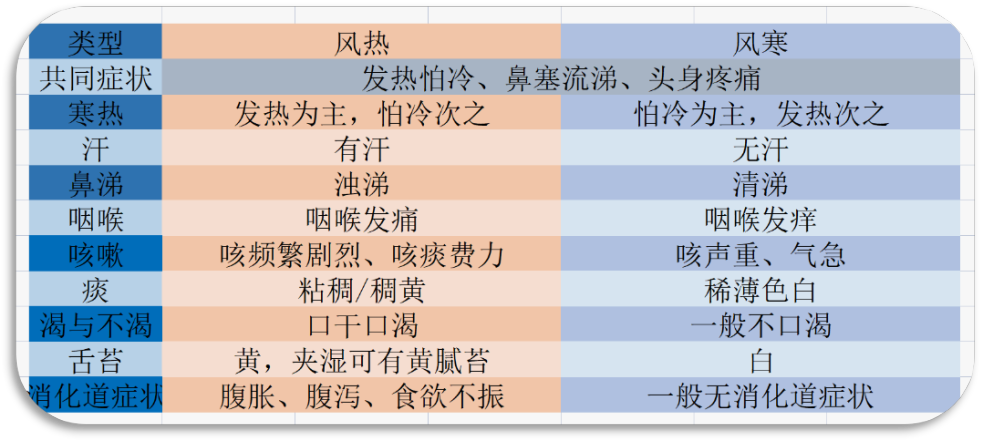
3.What to do if you catch “heat cold”? Just remember the four do’s and don’ts!
(1) Remember the “four don’ts” to prevent worsening
Many people, when experiencing symptoms such as fever, headache, nasal congestion, and runny nose, indiscriminately resort to ginger soup and heavy blankets, intending to induce sweating to reduce fever. Little do they know that “heat cold” is not an ordinary cold, and the treatment methods are vastly different. The wind-cold colds common in autumn and winter can often be treated by inducing sweating, but for “heat cold”, no amount of sweating will help reduce the fever. Therefore, inducing sweating is not recommended; even after sweating, the heat is difficult to lower. Thus, for summer damp heat colds, one cannot rely on ginger soup or heavy blankets to induce sweating to reduce fever.
Xiao Fei reminds everyone: if you catch “heat cold”, remember the three don’ts: do not eat raw, cold, spicy, or greasy foods, do not drink ginger soup, do not cover yourself with heavy blankets, and do not take sweating formulas meant for wind-cold colds!
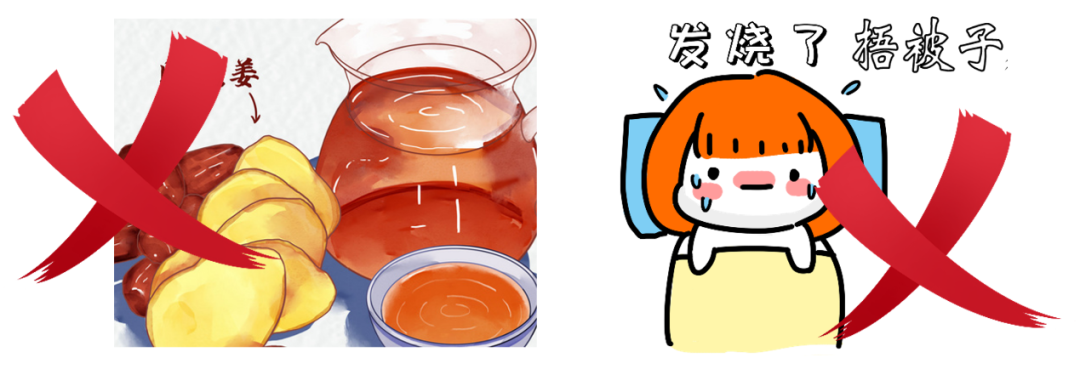
(2) Follow the “four do’s” for early recovery
“Heat cold” is generally caused by viral infection and is self-limiting, typically resolving in 5-7 days. If accompanied by cough with yellow, thick phlegm, it may indicate a secondary bacterial infection, requiring prompt medical attention. In daily care, following the “four do’s” can help alleviate the condition: get plenty of rest, drink plenty of water, eat more vegetables, and take warm baths.At home, ensure to rest adequately, aiming for over 8 hours of sleep each night. Drink warm water to replenish lost fluids and avoid consuming cold drinks that further irritate the gastrointestinal tract. Eat more vegetables to supplement vitamins; many vegetables such as bitter melon, radish, winter melon, and mung beans have the effect of dispelling dampness and clearing heat, making them very suitable for patients with “heat cold”. If you feel particularly hot, taking a warm bath can help promote heat dissipation. Additionally, using “Huo Xiang Zheng Qi Shui” (Agastache Qi Water) for foot baths or skin compresses can achieve the effect of clearing heat and dispelling dampness.
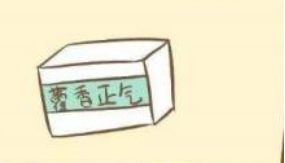
4. How to prevent “heat cold”? Here are some useful tips!(1) Strengthen the righteous qi, preventing pathogens from approaching: “When the righteous qi is present, evil cannot invade”. In modern terms, this means that as long as the body’s resistance is strong enough, no pathogens can get close. Engaging in regular physical exercise can enhance the body’s resistance, making it less prone to illness.(2) Do not stay in air-conditioned rooms for too long; keep the room temperature from being too low, and avoid large temperature differences between indoors and outdoors, ideally maintaining a difference of 5-8°C. Additionally, ensure to ventilate the room regularly.(3) Avoid blowing directly at the air conditioning vent when sweating profusely, and elderly individuals should pay attention to keeping their neck and knee joints warm.(4) Air conditioning units should be thoroughly cleaned annually, and filters should be regularly cleaned to prevent air conditioning from becoming a source of pollution.Health Tips1. Heat-clearing and damp-dispelling tea: 20 grams each of fresh hyacinth bean flowers, fresh lotus leaves, and fresh rose flowers. Cut the lotus leaves into strips, place them with the hyacinth bean flowers and rose flowers in a pot, add 500 ml of water, soak thoroughly, then boil down to 200 ml, adding an appropriate amount of rock sugar to drink as tea. This can clear heat and dispel dampness.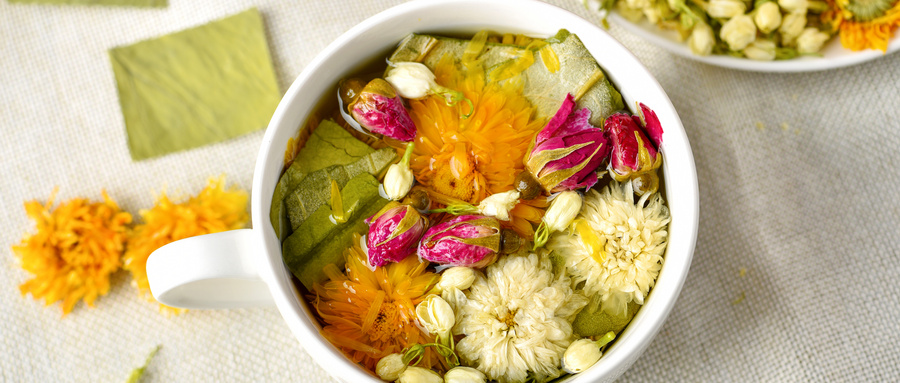
2. Three-flower tea: 1 lotus leaf, 15-20 grams each of white chrysanthemum, honeysuckle, and white hyacinth bean flowers, placed in an enamel container, add water to brew, and drink as tea.
3. Poria, coix seed, and red bean porridge: 10 grams of poria, 20 grams of coix seed, 20 grams of red beans, and 100 grams of japonica rice. Wash the above ingredients and soak for half a day. Place them in a pot, add an appropriate amount of water, bring to a boil over high heat, then simmer until the red beans are soft. This has the effect of strengthening the spleen without causing dampness, making it a suitable choice for summer light nourishment.

[Previous Recommendations]
Lung Health Insights | How to Choose a Breathing Machine for Home Use?
Lung Health Insights | Have You Learned This Simple Yet Useful Action?
Lung Health Insights | We Are All “Duanwu Festival” Boys and Girls
Lung Health Insights | Do You Know the Breathing Method That Can Make You Ugly?


Medical Guidance: Xu Yinjie, Director of the Department of Respiratory and Critical Care Medicine, Guangdong Provincial Hospital of Traditional Chinese Medicine
• Chief Physician, Professor, Master’s Supervisor
• Director of the Department of Respiratory and Critical Care Medicine, Guangdong Provincial Hospital of Traditional Chinese Medicine
• Disciple of Master of Traditional Chinese Medicine Professor Chao Enxiang
• Vice President of the Heat Disease Branch of the Chinese Ethnic Medicine Association
• Vice Chairman of the Respiratory Committee of the Guangdong Provincial Association of Traditional Chinese Medicine
• Vice Chairman of the Respiratory and Critical Care Committee of the Guangdong Provincial Women’s Physician Association
• Young Famous TCM Physician of Guangdong Provincial Hospital of Traditional Chinese Medicine, Excellent Doctor of Yangcheng, and Strong Young and Middle-aged Doctor in Guangzhou
• Specializes in the integrated diagnosis and treatment of chronic obstructive pulmonary disease, asthma, chronic cough, deficiency cold, bronchiectasis, pulmonary interstitial fibrosis, pulmonary hypertension, pulmonary embolism, and other diseases, as well as TCM lung rehabilitation and dialectical care for sub-healthy populations.
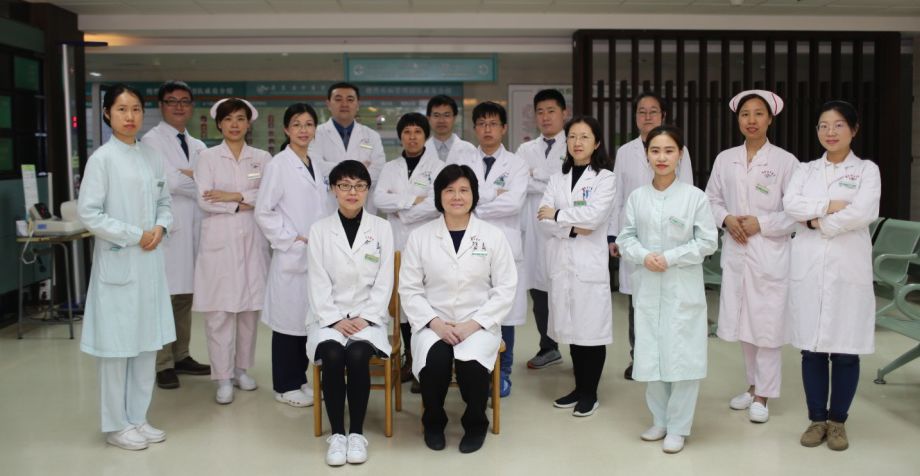
Author of this issue: Liu Houqiang
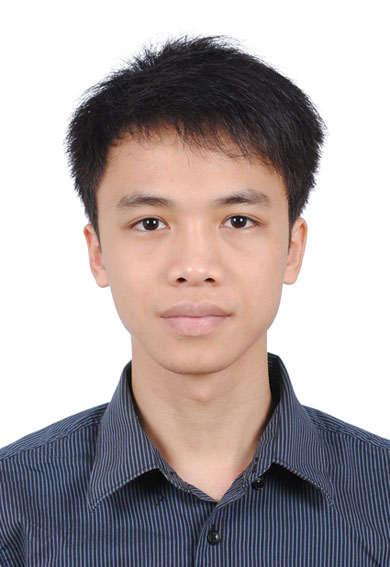
Author Profile: Liu Houqiang, Respiratory Physician, Master’s Degree, Member of the Respiratory Disease Professional Committee of the Guangdong Provincial Association of Traditional Chinese Medicine.
Specializes in the integrated diagnosis and treatment of pneumonia, chronic obstructive pulmonary disease, asthma, and other common respiratory diseases, as well as severe pneumonia and other critical respiratory conditions.

Provided by: Department of Respiratory and Critical Care Medicine (PCCM), Guangdong Provincial Hospital of Traditional Chinese Medicine Medical Guidance: Xu Yinjie Author of this issue: Liu Houqiang Executive Editor: Chen Yibing Proofreader: Zhuang Yingge Editor: Song Liping
